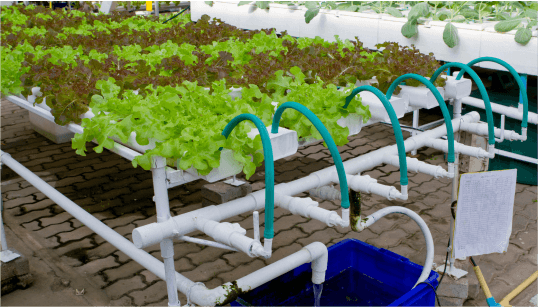Introduction:
Embarking on the journey to set up a vertical farming business is a commendable venture for the environment and an entrepreneurial effort. However, it requires careful planning, market understanding, and consistent efforts.
Checklist Before Getting Started:
- Assess your commitment to the business.
- Conduct thorough research on all aspects.
- Allocate specific time for the project.
- Set clear, achievable goals.
Step-by-Step Guide:
- Choosing the Location:
City Center: Provides easy access to customers but comes with higher costs.
Near Distribution Centers: Economical and well-connected but may require more logistics for delivery.
Regulations & Legalities: Ensure the land chosen is legally clear for farming. - Market Research:
Identifying the Crop: Study the local demand. Understand what the consumers want.
Competitor Analysis: Study other farms, both traditional and vertical, to understand market trends. - Cultivation Methods:
Hydroponics: An economical method that conserves water.
Aeroponics: Uses more equipment but can be more productive.
Aquaponics: Integrates fish farming with plant cultivation. - Business Model & Plan:
Define the Business Model: How will the farm operate, and what will be its main revenue drivers?
Business Plan: An essential document that outlines your business goals, strategies, market research, and financial forecasts. - Setting Up the Farm:
Climate Control: Invest in ventilation and air-handling systems. Ensure ideal moisture levels.
Lighting: Opt for energy-efficient solutions like LED lights.
Spacing: Ensure plants are not too cramped. Leave space for utilities and worker mobility. - Technical Installation:
Sanitation: Sterilization systems are crucial.
CO2 Enrichment: Facilitates photosynthesis.
Sensors: Monitor the farm conditions consistently. - Branding & Marketing:
Branding: Choose a memorable name and design an attractive logo.
Packaging: Focus on minimalism and sustainability.
Advertising: Use both online (especially social media) and offline methods. - Financial Sustainability:
Review Production & Expenses: Determine profitability.
Cash Flow Budget: Forecast earnings and expenses.
Customer Dependency: Ensure the business is independent of one or a few customers.
Credit Management: Understand and manage credit lines effectively.
Employee Management: Prepare for potential losses in key personnel.
Conclusion:
Starting a vertical farm is a significant endeavour that requires foresight, planning, and dedication. While it presents an excellent opportunity for sustainable farming and entrepreneurship, it also requires constant monitoring, flexibility, and adaptability to changing market and environmental conditions.






Comments are closed